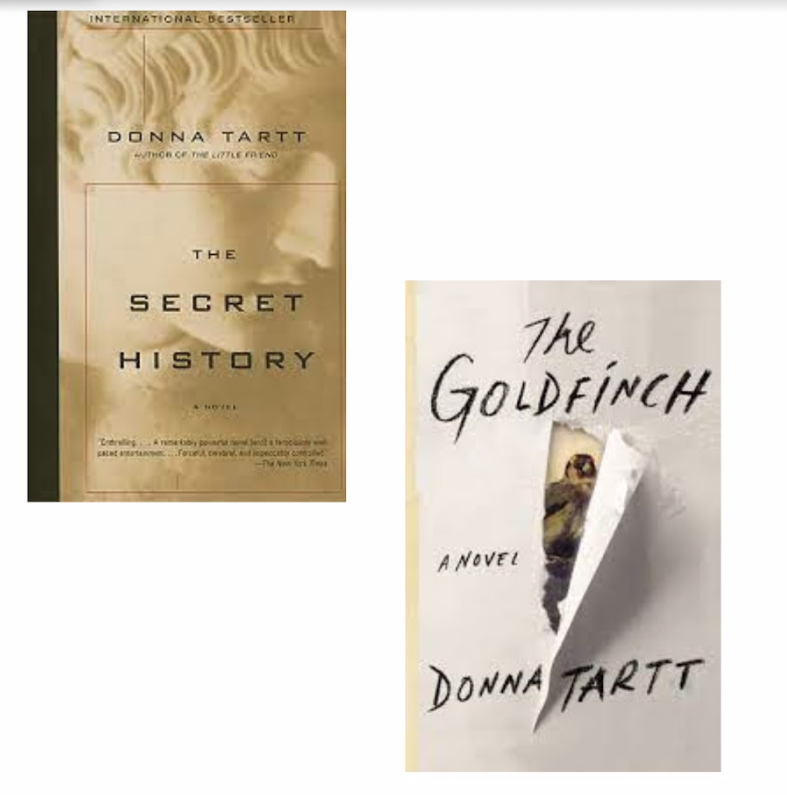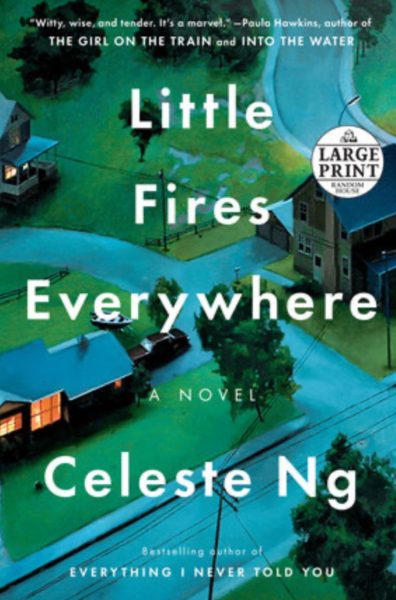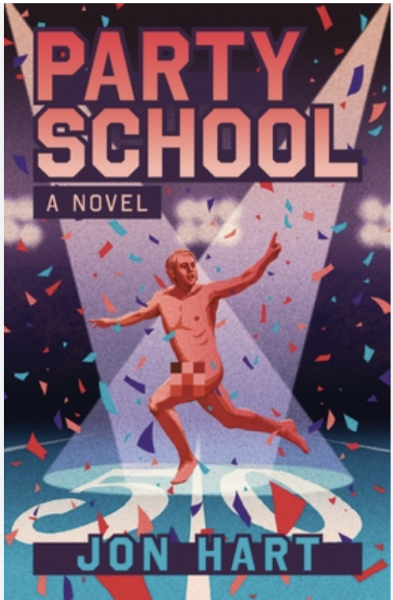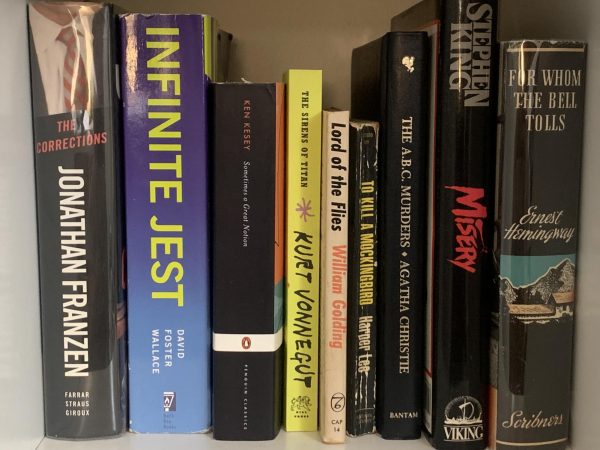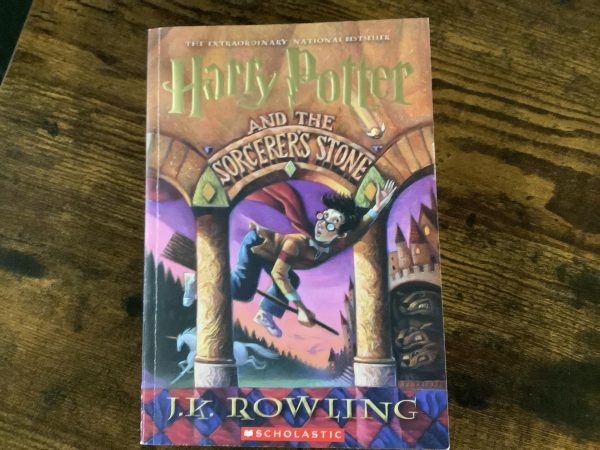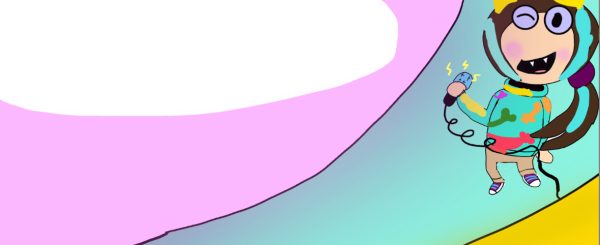Donna Tartt Proves that Slow and Steady Wins the Race
Donna Tartt was able to fully grasp my attention, and still to this day I think about both novels “The Goldfinch” and “The Secret History” on a daily basis.
When I first got copies of “The Secret History” and “The Goldfinch” by Donna Tartt and saw the length of the books, I contemplated returning them. Books are my escape from life and all my worries, but I tend to stray away from books over 500 pages. Diving into that long of a story is a big commitment!
Nonetheless, I did not return either books, and good thing I didn’t, because these two books are in my favorites collection.
More recently, I read “The Goldfinch.” The premise of the book is fairly simple: Theodore Decker’s life is turned upside down when he loses his mother in a bombing at The Metropolitan Museum of Art. This accident sets the course for the rest of Theo’s life, along with a painting of a finch from the MET.
The reader follows Theo after the accident well into his young adult life. His grief for his mother changes as he grows up, overwhelming when he is a child, but more containable as an adult. “The Goldfinch” is a character-driven story, and due to the length and detail of the book (771 pages!), the reader feels as though they are growing up alongside Theo.
Tartt’s descriptions of artwork and antiques are so detailed and precise that I feel as though I’m an expert in both. I wish I could say the same about her incorporations of other languages, mainly Russian. Unfortunately, I did not pick up on any of it, and resorted to Google Translate.
Although I adore this book, I do have a few minor complaints about it. There’s about 100 pages in the middle of the book that could use some shortening. Theo’s sexuality is also never really explored in the book, and I think if Tartt took the time to develop his sexuality, readers would be able to connect with him on a deeper level.
Now for “The Secret History,” my personal favorite of the two, the reader finds out in just the first page that Richard Papen, along with his 4 other classmates, killed Bunny, their other schoolmate.
Richard starts school at Hampden College in Vermont, and learns about an elite group of students who study the Classics under the charismatic teacher Julian Morrow. Richard wants in on this group of mysterious students, but after getting to know them, he may regret this decision.
This book possesses many different elements: beautiful quotes, fascinating characters, an unreliable narrator, and it fits under the very popular category of dark academia. Although the pacing of the book is slow, I wasn’t able to put it down; all I wanted to know was why they killed Bunny!
The wait to find out why was definitely worth it, and Tartt’s brilliancy shines through in the book, especially through the character Henry and his ideas and plans throughout the novel.
No negative critiques come to mind when I read “The Secret History,” or after processing the novel. Some readers find that unlikeable characters make it hard to enjoy a book (myself not included), but I think that Tartt’s ability to make me hate characters so much proves how talented she is.
Long and slow paced books don’t tend to hold my interest; I’m oftentimes bored of the story and just want to move on. However, Donna Tartt was able to fully grasp my attention, and still to this day I think about both novels “The Goldfinch” and “The Secret History” on a daily basis.


